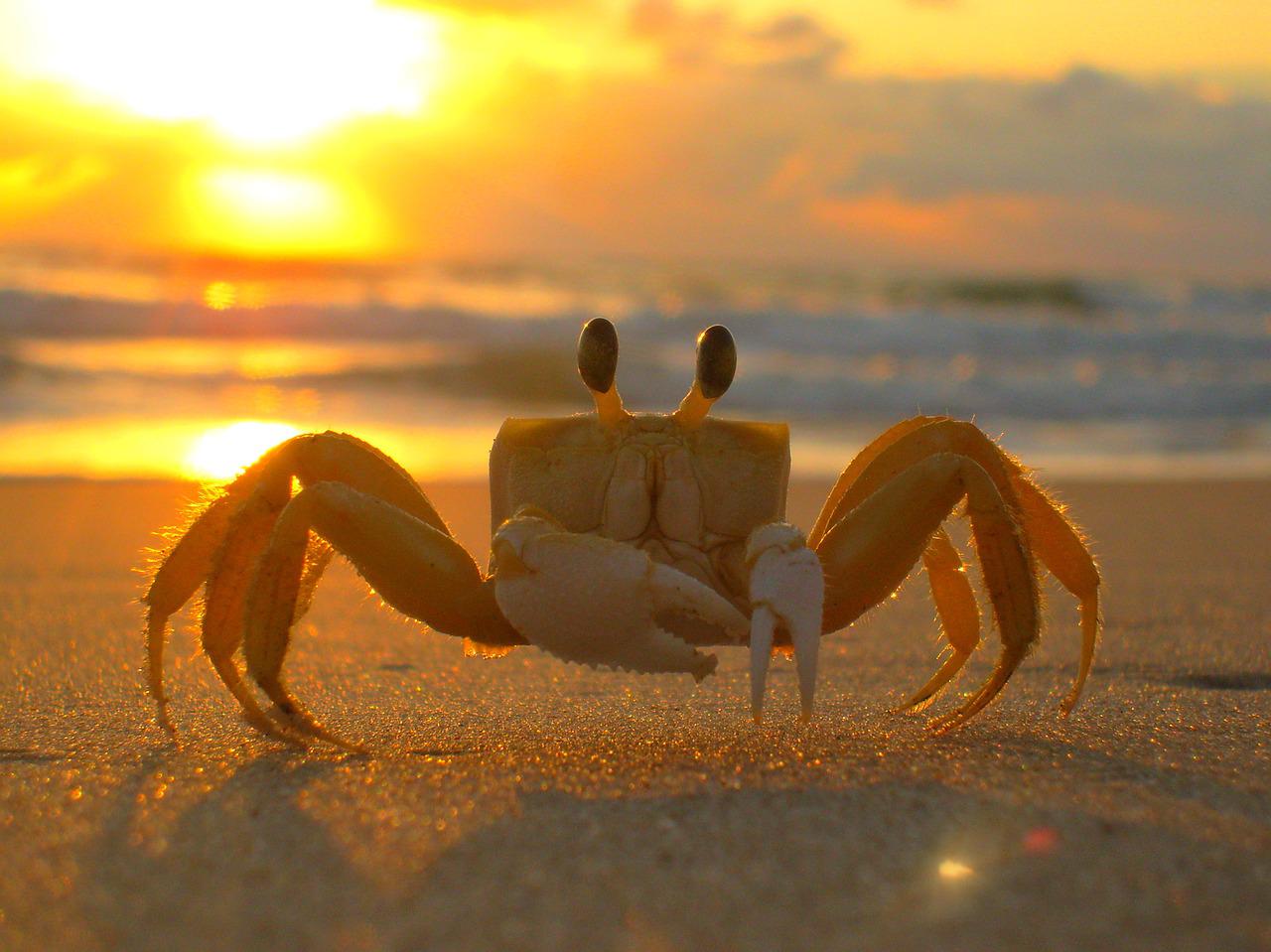United States – Researchers at the University of Maryland found that a component found in crustaceans called chitin can be used to create environmentally friendly batteries.
The chemical is known by the name chitosan, and it can be found in the exoskeletons of crustaceans as a derivative of chitin. The biodegradable electrolyte of the zinc battery is made from chitin taken from crab shells. Among the many places you may find chitin, the shells of crustaceans are by far the most common.
Electrolytes are used in batteries to transport ions between the positive and negative terminals. In order to function, many batteries employ electrolytes that are either flammable or corrosive, and these might take the form of a liquid, paste, or gel. This novel battery uses a chitosan gel electrolyte and has the potential to store energy generated by large-scale wind and solar farms.
Full recycling
In order to meet the rising demand for renewable energy in the automotive industry, zinc batteries with electrolytes derived from chitin are essential. When the chitosan electrolyte, used in place of lead or lithium in traditional batteries, decomposes after five months, only the zinc will remain, making it possible to recycle the battery without using any new resources.




